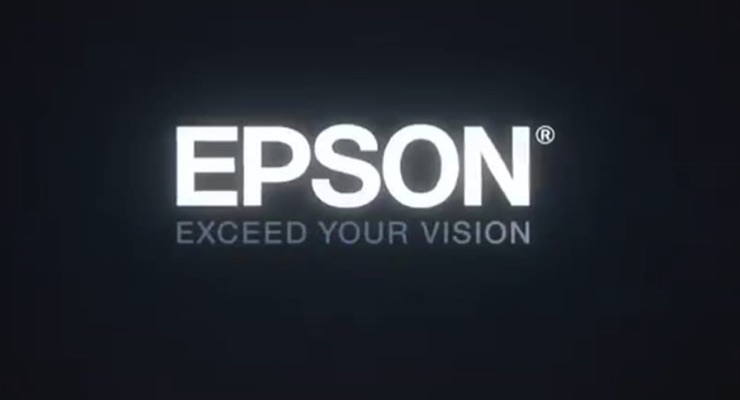UPDATE: Epson Files Suit over Brightness Claims
Epson has now filed suit against Vava for reporting false lumen ratings. This is for the Vava 4K Ultra Short Throw Laser TV which has been claiming 6,000 lumens but measures in at 1,869. From the original four resellers on Amazon (Vankyo, WiMiUS, GooDee, and Bomaker) listed in the original article, only Bomaker has reached some sort of agreement with Epson (unspecified). They’ve also reached an agreement with Philips and Screeneo Innovations to only list industry-standard lumen ratings.
In addition, Epson settled with Curtis International Ltd. and Technicolor in its lawsuit alleging the companies falsely advertised the lumens of projectors manufactured and sold under the RCA and ONN (Walmart) brand names. Curtis agreed to advertise its projectors only using the industry standard and to modify its packaging to reflect the accurate lumens ratings. Lastly, in 2018 Epson obtained a permanent injunction and damage award for $5 million as a result of its successful litigation against iRulu for falsely advertising lumens ratings.
Conclusion
It seems that Epson has a message for other retailers and manufacturers: Report the brightness of your projectors accurately or face a lawsuit. Projector use and home theater adoption has been accelerated by the pandemic and Epson seems to be keenly aware that shoppers are looking at the big brightness number and thinking they are buying the best. As for us, we’re tired of having to explain the differences between lumens, lux, and other non-standard “brightness” metrics. Keeping everyone honest shouldn’t be Espon’s job. But they’ve taken it on and we’re glad they have.
Original Article:
Epson has filed suit against four projector brands sold on Amazon – Vankyo, WiMiUS, GooDee, and Bomaker over brightness claims. Epson, and all other major projector manufacturers, use the industry-standard “lumens” to indicate brightness. Lumens is the total output of visible light visible from a light source. Lumens indicate how bright a projector image can get. Many consumers use this brightness measure as a way of judging which projector to buy.
It’s not hard to see where this is going.
These four projector manufacturers made the logical leap and figured out that if they could find a way to make consumers believe that their projectors were brighter than they actually are, they could sell more projectors. To do this, they have started reporting Lux instead of Lumens.
Lux vs Lumens
The difference between the two measures is subtle but important. As stated, Lumens are the total light output from the bulb, lux is a measure of light as it falls on a surface. Do they sound the same? Yes. What they don’t tell if you that lux should always be reported with a distance measurement. If you make a lux claim it should look like “2400 lux at 4 meters.” These companies were not doing that. Instead, they were reporting a lux rating and then claiming that lux and lumens were the same. That isn’t necessarily true. Lumens and lux are the same when the measurement is taken with the bulb one meter away from the screen.
How many projectors sit one meter from their screen? Not many.
How to Calculate Lumens
Reputable projector brands report ANSI lumen ratings for their projectors. ANSI (American National Standards Institute) guidelines are used when measuring these projectors. Those guidelines specify the size of the image projected (1.14m by 2m). The projector must be placed where it can display that image (certainly farther back than one meter).
To calculate ANSI lumens, a lux reading is taken at multiple points on the screen. This is done because the center is usually brighter than the edges of the image. An average is taken and reported as ANSI lumens. Of course, there is more to it, but this gives you an idea of how misleading an unqualified lux reading can be. If a single reading is taken in the center of the image when the projector is closer than the ANSI standards would require, the lux rating will be inflated in comparison. The lux rating could also be used with a gain enhancing screen to further inflate the rating. To this end, we were seeing these projectors with lux claims in a 7000 range but ANSI lumen ratings in the 130-150 range. Misleading? A bit!
Fallout
As of the creation of this report, the lux ratings on most of these projectors have been removed from Amazon. We found one that still had a claim of 7200 lux (and misreported it as 7200 lumens in one of their graphics). But that’s not the end. Claims of being brighter than other projectors remain and it isn’t hard to find other manufacturers with lux ratings on Amazon. Epson may be playing whack-a-mole with these companies for years.


